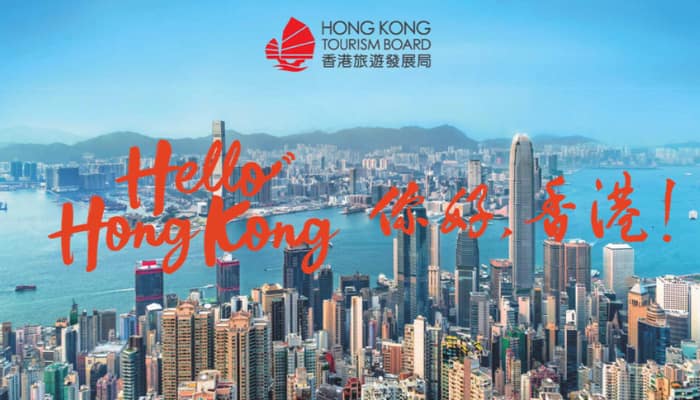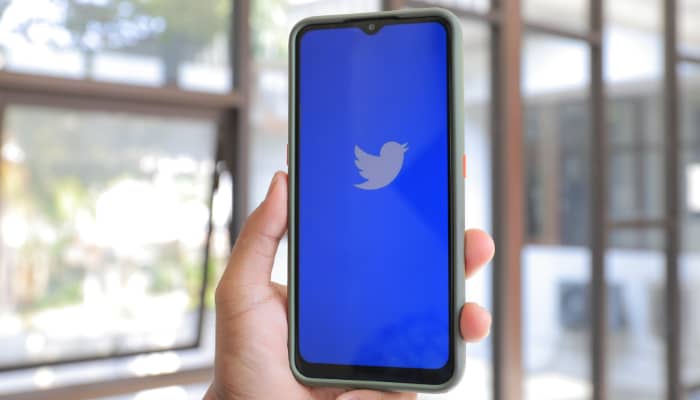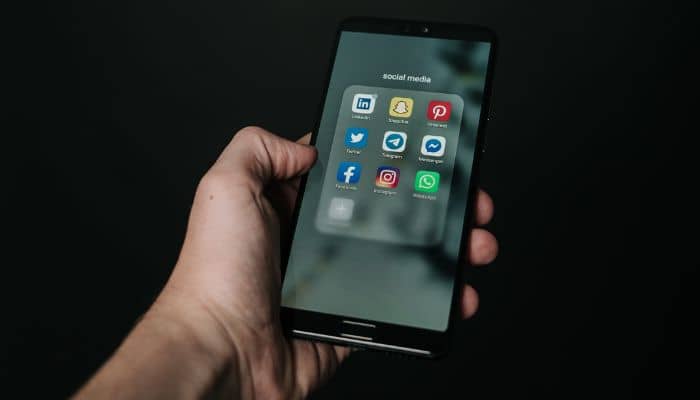Singapore – Social and media intelligence firm Meltwater has announced that its Meltwater Enterprise Intelligence Suite is available for brands and agencies in Asia-Pacific. The enterprise suite features integrated data and AI-based insights to help businesses drive decision-making.
The solution provides a unified view of datasets across sources, including media, user-generated content, influencer metrics, business intelligence, and first-party data.
Moreover, the offering also include combining Meltwater’s data with first-party and third-party datasets for expanded insights, controlling how users visualise key metrics and communicate data via Meltwater’s active display and custom dashboards, as well as going beyond traditional PR and marketing measurements to gain deeper insights into the quality of coverage and message penetration.
As part of its enterprise push, Meltwater has appointed new senior leadership to drive value for brands in their data journey across Southeast Asia, Japan and South Asia. Ramnath Bojeesh steps into the newly created role of enterprise area director for Southeast Asia & Japan to build out the enterprise business in the region, while Li Li Chua, joins the company as customer success director for APAC to lead customer success.
David Hickey, executive director for Asia-Pacific at Meltwater, said, “In a world where analytics and dashboards are key to insights and driving business outcomes, the veracity of data will define the winners. With Meltwater’s enterprise innovations, brands get deeper, bespoke insights, unified data from multiple sources, and customised data delivery so that they can focus on what matters the most – identifying customer needs.”
He added, “It’s an exciting time to be doing business in Asia Pacific and we’re thrilled to be adding enterprise leaders with a proven track record join us as Meltwater navigates its next, important phase of growth.”
Meltwater has recently added Genting Malaysia, One Championship, TBWA Philippines, and Sumitomo to its client roster.










